Panamá/08 junio 2016/ Autor: Deivis Cerrud/Fuente¨La Estrella de Panamá
Los educadores panameños pedirán al presidente Juan Carlos Varela su compromiso con el aumento salarial de $300 mensuales, programado para 2017, procurando los fondos en el presupuesto general del Estado.
El aseguramiento del pago de esos dineros será reclamado en la marcha docente organizada para el próximo 30 de junio, saliendo de la Iglesia del Carmen, en vía España, hasta la Presidencia de la República, que además solicita mejores escuelas y destinar un presupuesto del 6% del PIB para educación.
La ministra de Educación, Marcela Paredes, ha dicho que se requieren $200 millones anuales para asumir ese compromiso con los educadores y que, de hacerlo, deben ser evaluados con más efectividad al igual que los aprendizajes.
La Asociación de Profesores de la República (Asoprof) y el Frente Nacional de Educadores Independientes (Frenei) defienden firmemente al ajuste salarial programado para 2017, que llevaría a los maestros panameños a ser los mejores pagados del sistema público en toda Latinoamérica.
Diógenes Sánchez, secretario general de la Asoprof, alegó que están de acuerdo que necesitan capacitación permanente y seminarios de la especialidad de la asignatura.
‘No estamos en contra de la evaluación siempre que tenga un espíritu correctivo de las falencias del docente en sus prácticas pedagógicas’, agregó.
Sánchez rechaza que la evaluación sea con carácter punitivo o un instrumento de persecución o intimidación usado por algunos funcionarios del Ministerio de Educación contra los maestros.
Luis López, secretario general de Frenei, insistió que Varela debe incluir el pago del aumento en el presupuesto de 2017.
El nivel de compromiso del educador, precisó, es algo con el que todos coinciden, pero rechazó el condicionamiento de la ministra Paredes al desembolso de los $300. ‘El próximo aumento no esta condicionado a nada’, acotó López.
PROGRAMACIÓN
El segundo aumento en tres años
En medio de las protestas de los educadores en 2014, la entonces ministra Lucy Molinar presentó en febrero una propuesta de aumento salarial por $900 mensuales, divididos en tres partidas de $300. Para institucionalizar el aumento, se firmó el Decreto Ejecutivo 155 del 27 de marzo de 2014, que creó el Sistema de Evaluación de Centros Educativos (SECE) y contempló la presentación de un plan de mejoras de los colegios y otros estrategias para pagar el dinero cada tres años. El Gobierno de Martinelli no pudo cumplir el primer compromiso y la responsabilidad quedó en la gestión de Juan Carlos Varela. Entre 2014 y 2015, se cumplió con ese aumento, en medio de algunas protestas. La ministra Marcela Paredes quiere condicionar el pago de 2017 a evaluaciones de desempeño.
Fuente:
http://laestrella.com.pa/panama/nacional/educadores-marcharan-ajuste-300/23944650
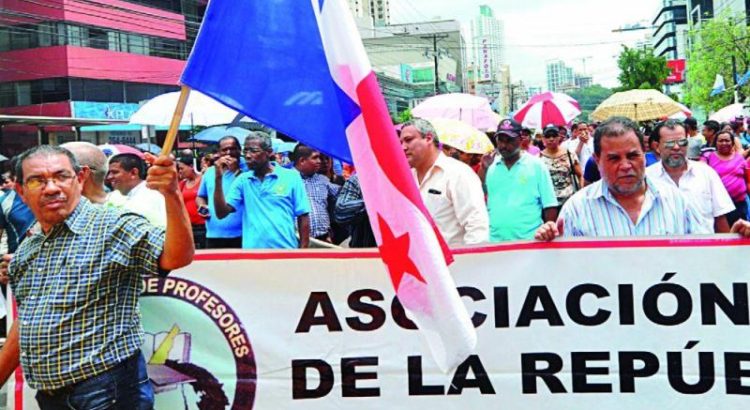
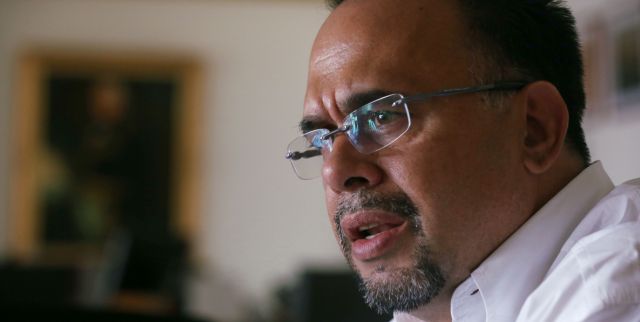
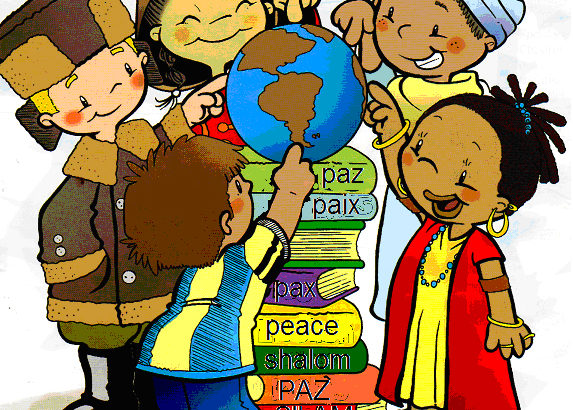
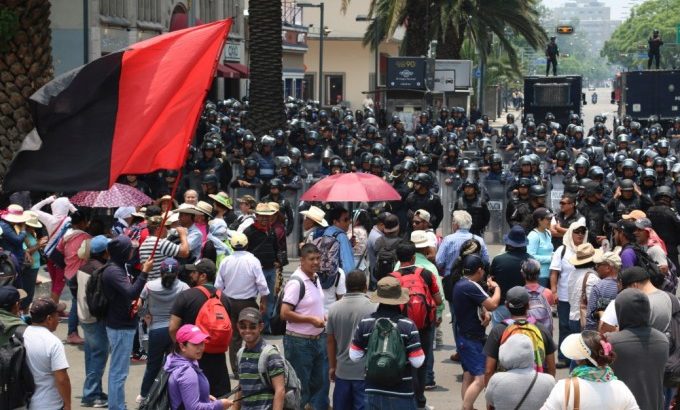





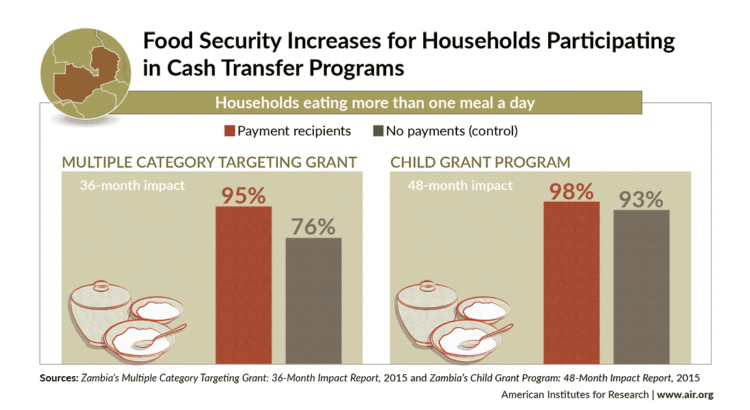
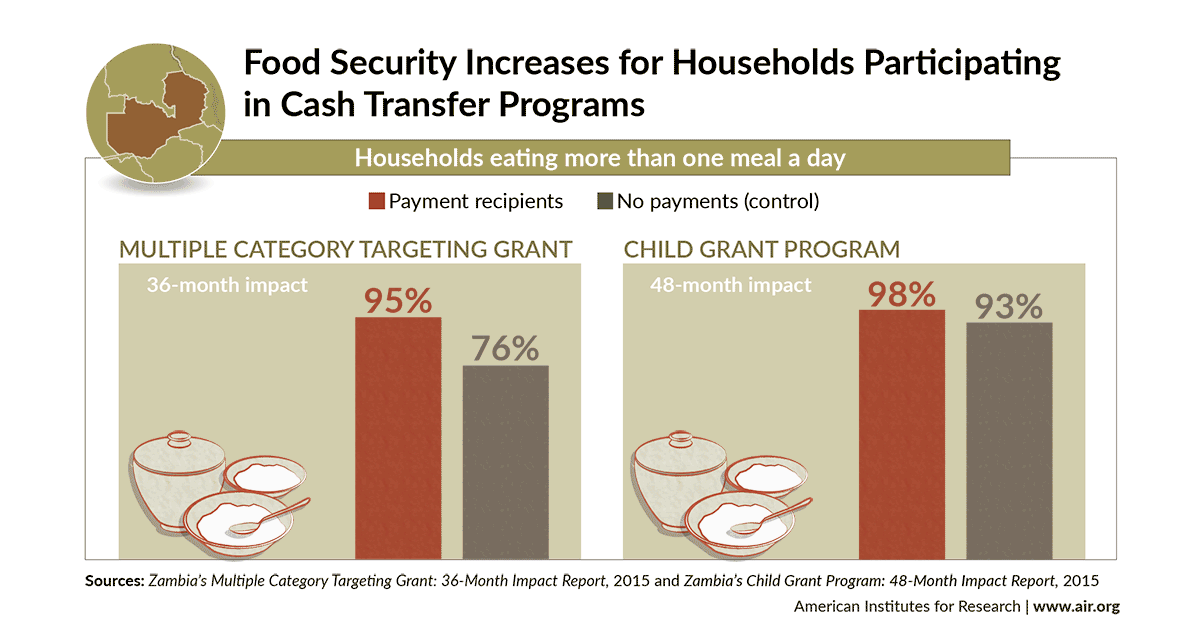









 Users Today : 18
Users Today : 18 Total Users : 35460227
Total Users : 35460227 Views Today : 23
Views Today : 23 Total views : 3418918
Total views : 3418918